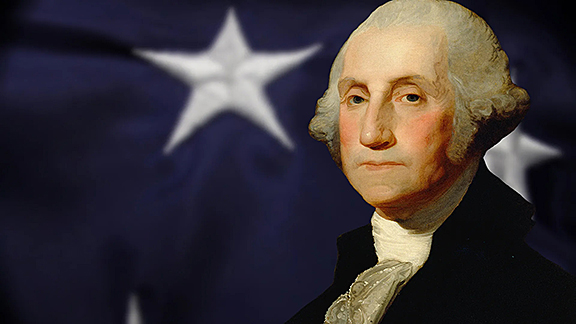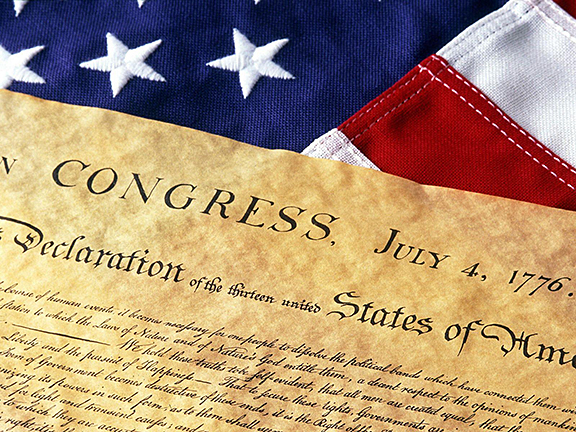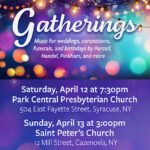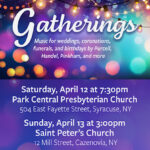Our Living Constitutions
Independence Day on July 4 celebrates the thirteen colonies break from Britain in 1776. The Revolutionary War, and all the discussions and documents written, reviewed, and signed by the Founding Fathers, resulted from discussion, disagreement, and compromise. Some thought George Washington should be king. They disagreed about institutional slavery. Thomas Jefferson, the primary author of The United States Declaration of Independence, formally titled “The unanimous Declaration of the thirteen united States of America,” communicated his understanding of Jesus Christ’s life and morals in “The Jefferson Bible.”
Jefferson’s Preamble to the Declaration of Independence states, “We hold these truths to be self-evident, that all men are created equal, that they are endowed, by their Creator, with certain unalienable Rights, that among these are Life, Liberty, and the pursuit of Happiness.” Ken Burns recent documentary about Benjamin Franklin states that Jefferson first wrote “we hold these truths sacred.” Franklin reviewed Jefferson’s document draft and substituted “self-evident” for “sacred.”
Years later, as Benjamin Franklin left the 1787 Constitutional Convention at Philadelphia’s Pennsylvania State House, a woman asked him if America was to be a republic or a monarchy. Franklin replied, “A Republic, Madam, if you can keep it!” When the nascent USA was a Republic of thirteen contiguous, populated states, how could Thomas Jefferson, Ben Franklin, and the other signers of the original Declaration of Independence, and designers of our tripartite government, have envisioned a fifty-state republic with low population states leveraging heavily weighted senatorial power over populous states in matters such as Supreme Court appointments? How could the framers of the Constitution have envisioned military style assault weapons when they wrote the Second Amendment to protect the citizen militias who, with muskets, defended their fellow colonists against dangers such as British forces?
In 2022, people argue about whether legal guns kill people or people kill people. It is self-evident that when people kill people with guns, it is people who are firing the guns. When one person fires on a crowd, we call it a mass shooting, but when individuals fire on other individuals in separate events, we call it crime. Often guns in gun crimes are illegal. Many owners of legal firearms never fire their guns, and increasingly individuals who support unrestricted access to all types of weaponry blame “mental illness” for mass shootings.
What is mental illness? Psychiatry.org answers this question first by defining mental health: “effective functioning in daily activities resulting in productive activities (work, school, caregiving); healthy relationships; and the ability to adapt to change and cope with adversity;” and then, by stating that there are many diagnosable illnesses.
The Fifth Edition of The American Psychiatric Association’s Diagnostic and Statistical Manual describes approximately three hundred mental illnesses and disorders.
In 2009, under the guidance of NIMH Director Thomas Insel, MD, the NIH’s Human Connectome Project sought to better understand mental illness by mapping brain and neurological connectivity without reference to DSM labels. Some patients’ families found this biology-based approach unhelpful. Dr. Insel, a neuroscientist and psychiatrist describes an encounter with real world frustration with mental health care in his book “Healing – Our Path from Mental Illness to Mental Health.” Dr. Insel was speaking to a group about the neurochemical components of schizophrenia; from the audience, the father of a schizophrenic son yelled, “our house is on fire and you’re telling me about the chemistry of the paint! What are you doing to put out the fire?” This father’s frustration shifted Dr. Insel’s focus from research to practical help. His book discusses the internal and environmental factors related to mental health; one’s ZIP code predicts one’s mental health more accurately than one’s DNA code.
If ZIP codes predict mental health, ZIP codes likely also predict how health policy and health care are planned and implemented throughout our republic. As with our nation’s 1776 declarations about life, liberty and the pursuit of happiness, modern health policy starts with conversations among people whose different behavioral chemistries developed amid differing educations and training early on. The neurochemical-based behavioral and emotional constitutions of some of our leaders and fellow citizens are visible on the TV news; stable, unstable, and inflamed communication sparks overemotional group dynamics just as flammable chemicals can and do hasten fire’s spread in a burning building. Neurochemical imbalances and brain injuries in humans affect cognition and emotional self-regulation. Books written about neurological function and age-related brain development provide all of us with the opportunity to understand, care for, and protect ourselves better.
Our life, our liberty, and our ability to pursue happiness depends on our mental health, and while not specifically enumerated in the Constitution, these rights are protected: in Amendment IX.












